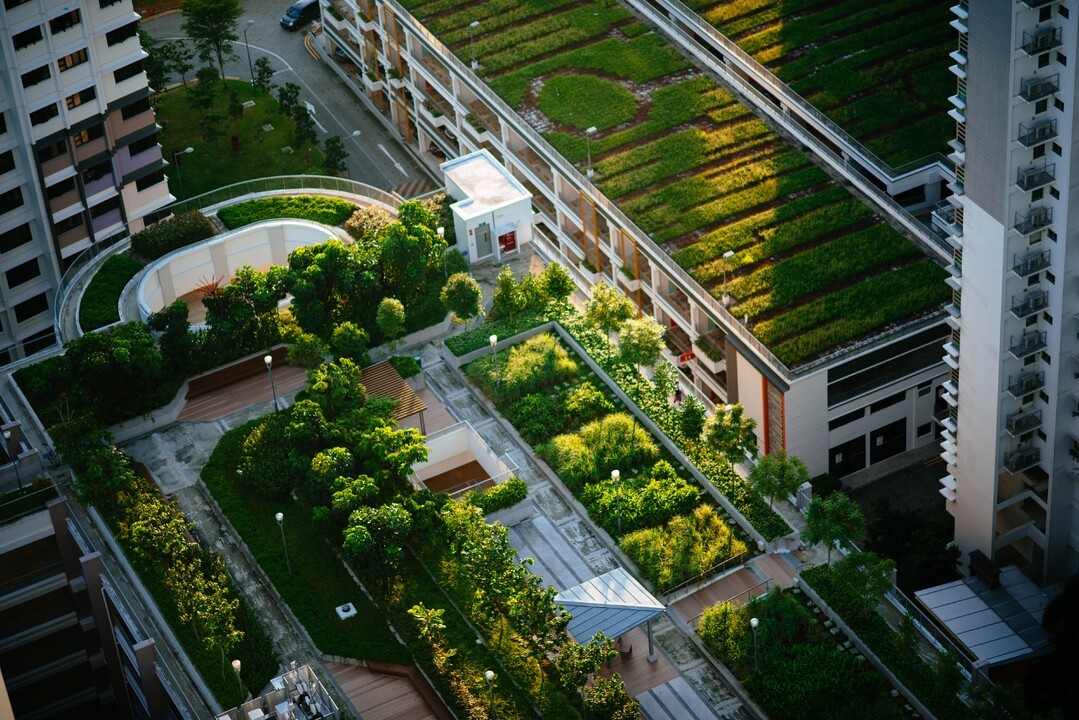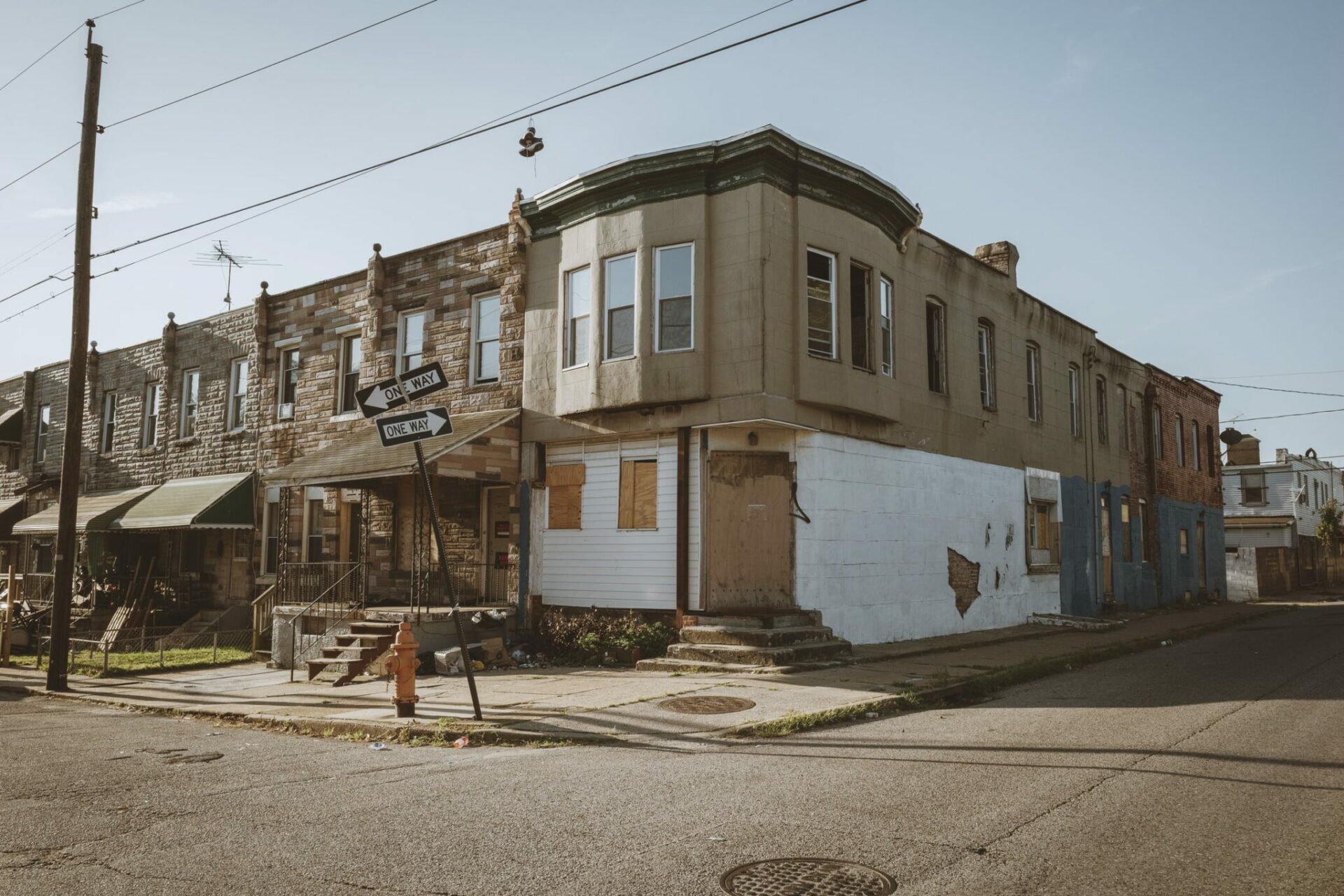Electric vehicles could be mini power plants
Replacing fossil fuel cars with electric cars is not the solution to our climate woes, we need way way fewer cars. However, those that do get replaced could have benefits beyond emission reductions, like plugging back into the power grid and acting like mini power plants.





